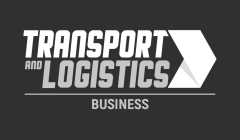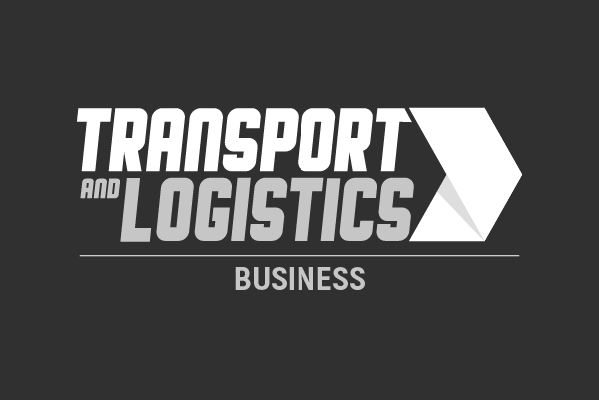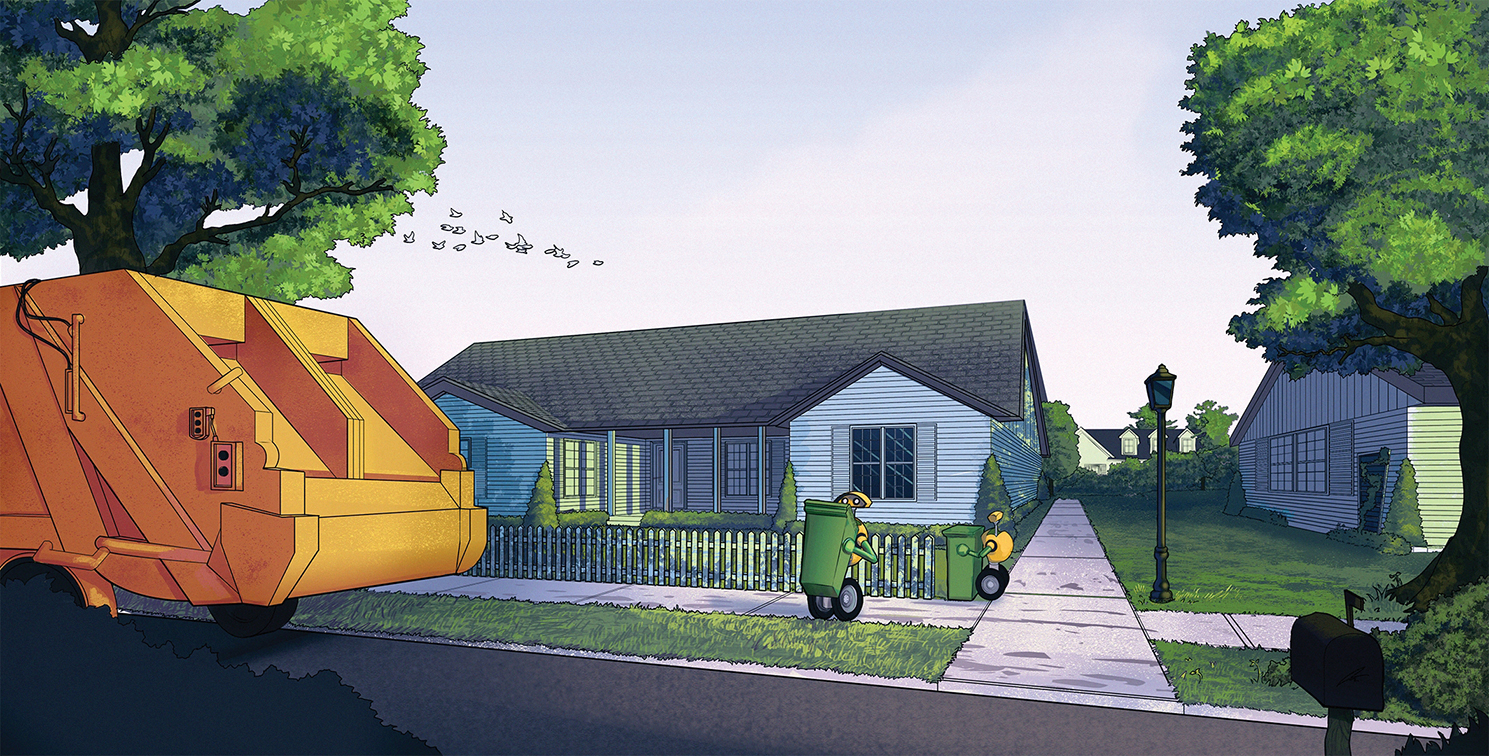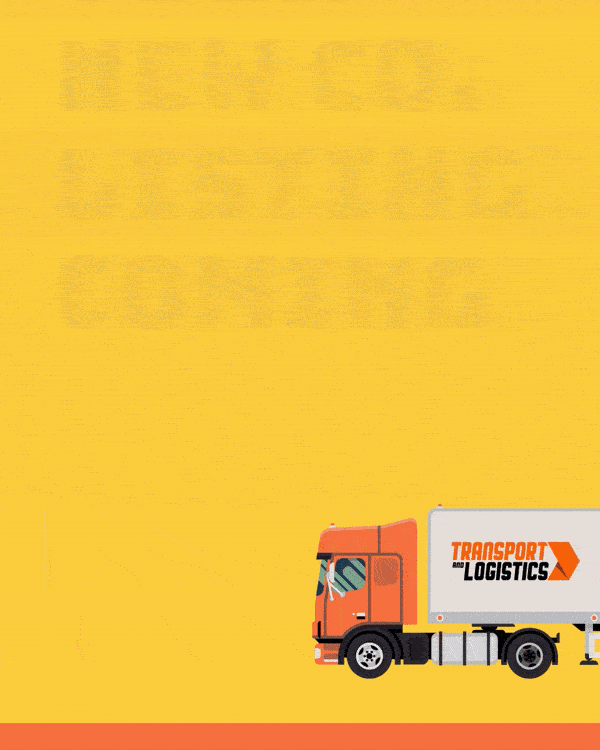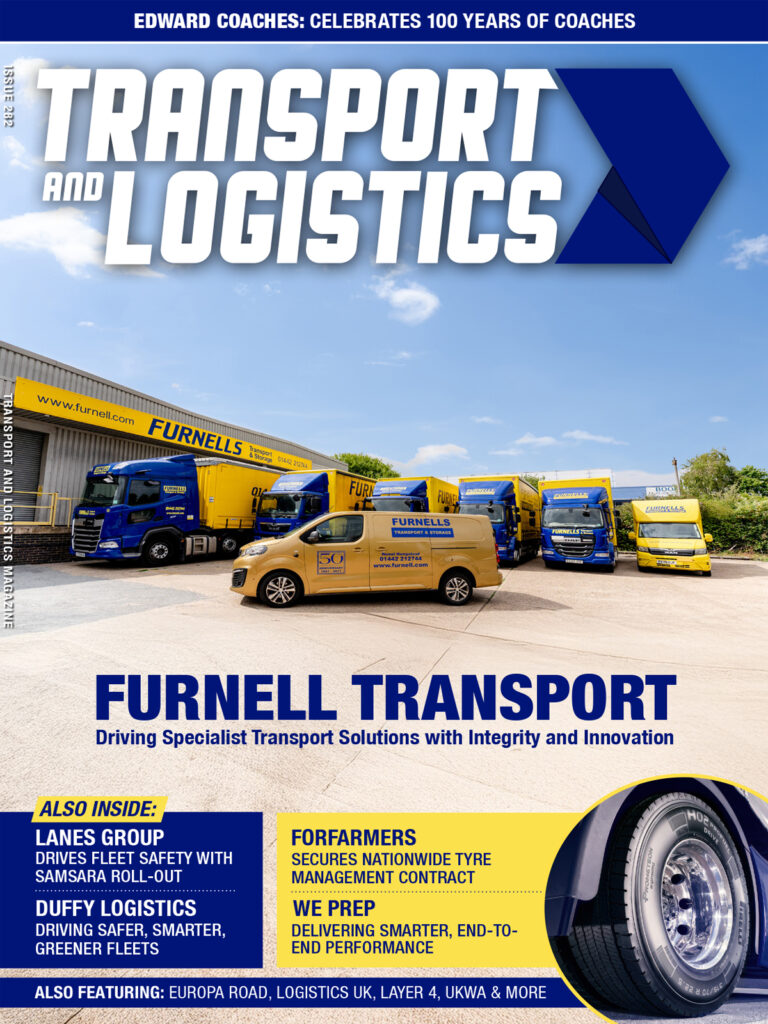Imagine a robot that quietly and discreetly enters your neighbourhood, collects your refuse bin and empties it into the refuse truck. It is done without waking the sleeping families and without heavy lifting for the refuse truck’s driver. This is the purpose of ROAR, a joint project with the aim to develop tomorrow’s smart transport solutions.
The Volvo Group is currently working on a joint venture together with Chalmers University of Technology and Mälardalen University in Sweden, Penn State University in the United States and the waste recycling company Renova, to develop a robot that interacts with the refuse truck and its driver to accomplish the work.
The project is called ROAR (Robot-based Autonomous Refuse handling) and the goal is to introduce a robot that, with the help of instructions from a truck’s operating system, can collect refuse bins in a neighbourhood, bring them to a refuse truck and empty them. All of this occurs under the supervision of the refuse truck’s driver, who can thereby avoid heavy lifting. The purpose of ROAR is to demonstrate how we, in the very near future, will use smart machines to assist with a broad range of activities in society. This technology can be applied in many areas, but refuse collection is just one example.
“Within Volvo Group we foresee a future with more automation,” says Per-Lage Götvall, project leader for the Volvo Group. “This project provides a way to stretch the imagination and test new concepts to shape transport solutions for tomorrow.”
The three universities are part of Volvo Group’s Academic Partner Program, a network of twelve academic partners collaborating with Volvo for long-term co-operation in research and recruitment. The students have different tasks and roles, but Mälardalens University of Västerås in Sweden will design the robot itself.
“It is exciting that we are combining advanced research with our training in robotics,” says Project Leader, Mikael Ekström, adding. ”Many students will work on this project, and it is a huge opportunity for them to learn both the technology and how to work in teams and in a real industrial context.”
At Gothenburg’s Chalmers University, students will work on the overall operating system. “Chalmers has developed the technology for the control and co-ordination of autonomous systems for many years,” says Petter Falkman, Associate Professor – Automation, at Chalmers, “and we see that we can deal with problems of the complex type that waste handling entails. This will be a fun and challenging project for our driven researchers and motivated students.”
At Penn State´s Thomas D. Larson Pennsylvania Transportation Institute the graphics, communication systems and control panel for the truck driver will be developed. “We’re very lucky to have an amazing cohort of students who are well trained in automation technologies,” says Sean Brennan, lead of the Penn State team. “This project promises great opportunities for our students to not only engage with a cutting-edge vehicle project, but also to help define how society will interact daily with robotic systems.“
This work will continue until June 2016, when the technology will be tested on a vehicle developed by Renova. “For many years Renova has been a leader in the development of vehicle technology dedicated to fostering a better environment and work environment,” says Hans Zackrisson, development manager at AO Logistics, Renova Environment. “This project shows exciting possibilities for the future.”
